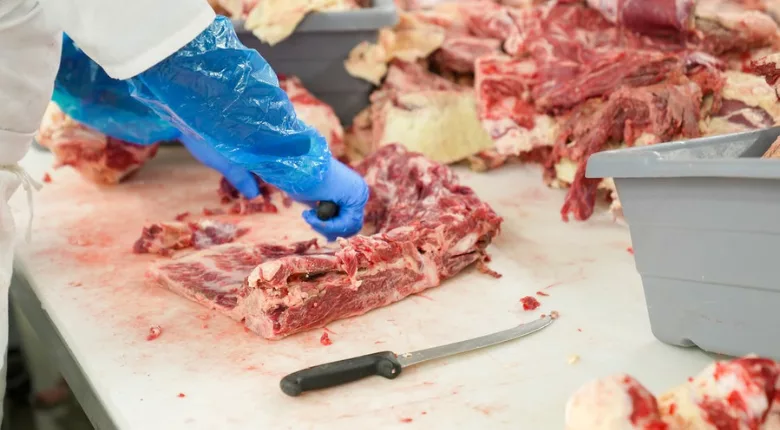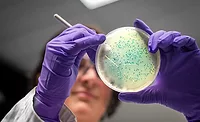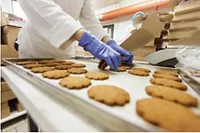Case Studies Reveal Importance of EMPs for Listeria at Food Production Facilities

Image credit: Mark Stebnicki via Pexels
A recent study carried out environmental monitoring programs (EMPs) for Listeria monocytogenes at three food production facilities in Japan with the aim of developing EMPs that are relevant to Japanese food businesses and to encourage more widespread adoption of EMPs.
Research was conducted in 2021–2022 at two side dish manufacturing plants and one meat processing facility. EMPs for Listeria were divided into three areas: a dirty area in which raw materials were handled, a semi-clean area in which raw materials to be cooked and heated semi-finished products were mixed, and a clean area in which items were handled after cooking. The sampling locations were further divided into four zones: Zone 1, in direct contact with food; Zone 2, not in direct contact with food but close to food or food contact surfaces; Zone 3, remote to food or food contact surfaces inside the food processing area; and Zone 4, not in direct contact with food, outside the food processing area.
In Facility A, L. monocytogenes was detected in Zone 3 of the clean area. The cleaning practices in the preparation room—where contamination from the dirty area might enter the clean area—were investigated by taking samples from the floor, the grating of the drain, and the drain in the dirty area before cleaning, after normal cleaning, and after further disinfection. Normal cleaning combined with disinfection using carbonated hypochlorite water, specifically, a chlorine concentration of 150 parts per million (ppm), proved effective.
At facility B, which produced ready-to-eat salad products, 15 food samples, including one salad product sample, nine ingredient samples, and six samples of ingredients for other products, were tested for L. monocytogenes. From these samples, contamination of the slicer was suspected, and both the slicer and the area around the slicer were sampled before and after use. The slicer was cleaned twice a day with a mild detergent and sterilized with an alcohol spray. Before use, sampling was done several hours after cleaning, and after use, sampling was done immediately. Sampling of the slicer revealed that contamination by L. monocytogenes serotype 3b was more extensive after use than before use. Therefore, the slicer was disassembled, cleaned, and disinfected thoroughly.
In Facility C, raw meat is processed in the processing room, heated in the smoke room, cooled in the semifinished product refrigerator, cut and packaged in the packaging room, and stored in the product refrigerator. A total of 22 environment samples were collected, and L. monocytogenes serotype 4b (4e) was detected in all the dirty, semiclean, and clean areas. The strain was also isolated from the wheels of a smoking cart that was transported across the zones. Therefore, efforts were made to frequently clean and disinfect the cart.
Overall, EMPs revealed the presence of L. monocytogenes in each facility, highlighted cleaning and flow line issues, and permitted corrective measures to be implemented. The researchers recommended that the participating facilities continue the “Plan-Do-Check-Act” cycle.
Looking for quick answers on food safety topics?
Try Ask FSM, our new smart AI search tool.
Ask FSM →









